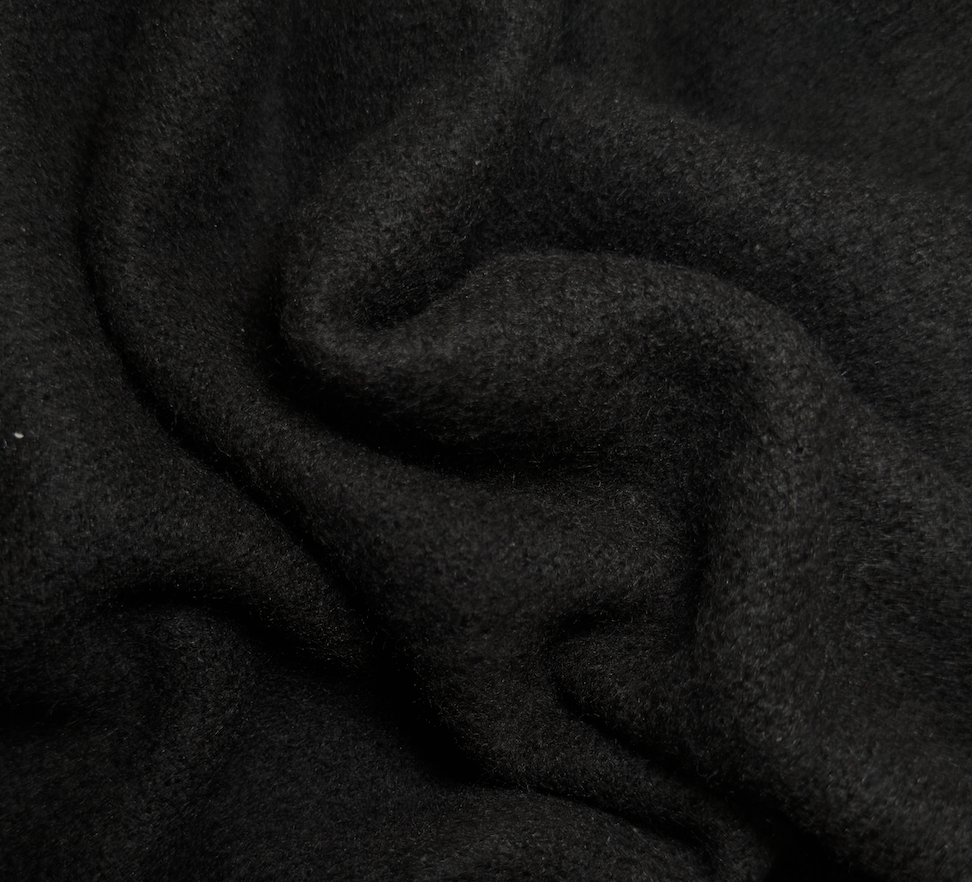
Sustainability Isn't a Trend, It's Our Foundation
Share
The word sustainability is everywhere in fashion. It’s on billboards, in product descriptions, and often stamped across garments as a selling point. But here’s the truth: for many brands, sustainability has become more of a marketing tool than a genuine practice. It’s a trend to ride, not a responsibility to honor.
At Kollective Klothing, we see things differently. For us, sustainability isn’t a buzzword—it’s the very foundation of our brand. It’s not something we add on to look relevant. It’s where we started, and it’s the compass that guides every decision we make.
The problem with “sustainable fashion”
Over the past decade, consumers have become more conscious of fashion’s impact on the planet. In response, many brands have rushed to rebrand themselves as “eco-friendly” or “green.” Yet behind the surface, many of these claims fall into greenwashing—a way to appear sustainable without making real, systemic changes.
For example, offering a “conscious collection” made from recycled polyester doesn’t undo the damage caused by mass overproduction, synthetic fibers, or exploitative labor practices. That isn’t true sustainability—it’s marketing.
We knew from the beginning that Kollective Klothing couldn’t play that game. If we wanted to stand apart, we had to build differently.
 What sustainability means to us
What sustainability means to us
For Kollective Klothing, sustainability means:
-
Creating fewer pieces, made better. Our debut isn’t a 20-look collection. It’s one piece. This was intentional. By slowing down, we’re able to pour all of our energy into craftsmanship, fabric choice, and timeless design.
-
Choosing responsible materials. From the start, we’ve explored natural, renewable fibers like alpaca wool—not because they’re trendy, but because they’re durable, luxurious, and earth-friendly.
-
Longevity over novelty. We don’t design for one season. We design for years of wear. A Kollective Klothing piece isn’t something you’ll replace after a few washes. It’s meant to evolve with you.
-
Respecting people and process. Sustainability isn’t just about the environment—it’s about the people behind the product. From sourcing to production, we aim to work with makers and suppliers who share our values of care, fairness, and respect.
Slow fashion as a philosophy
We believe slow fashion is the future. Instead of producing collections every few weeks, slow fashion allows us to focus on intention: fewer designs, higher quality, and a rhythm that respects the planet.
Streetwear has often been associated with hype drops and fast cycles, but Kollective Klothing redefines what streetwear can be. It can still be bold, expressive, and cultural—without being disposable.
 Why this matters now
Why this matters now
The fashion industry is one of the most polluting industries in the world. Millions of tons of textiles end up in landfills every year. Water sources are polluted by dyes. Microplastics from synthetic fabrics enter our oceans. And garment workers are often underpaid and overworked.
If luxury fashion continues to operate this way, the word “luxury” loses its meaning. True luxury should never come at the expense of people or the planet.
That’s why we say sustainability isn’t a trend for us. It’s our non-negotiable.
Looking forward
Our September launch is only the beginning. By starting with one piece, we’re making a statement: fashion doesn’t need to move fast to make an impact. Every future release from Kollective Klothing will follow the same foundation—responsibility, craftsmanship, and timelessness.
We’re not here to be part of the cycle of overproduction. We’re here to offer an alternative. A movement. A Kollective.
Be part of the change
Kollective Klothing is more than clothing. It’s a philosophy. It’s a commitment to slowing down, choosing better, and building a future where fashion respects both people and the planet.
👉 Join our newsletter to get exclusive updates, behind-the-scenes stories.
Join the Kollective by clicking the tab in the bottom left corner.
